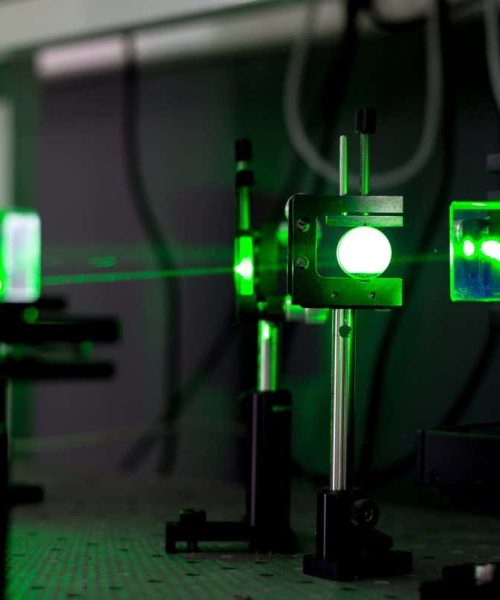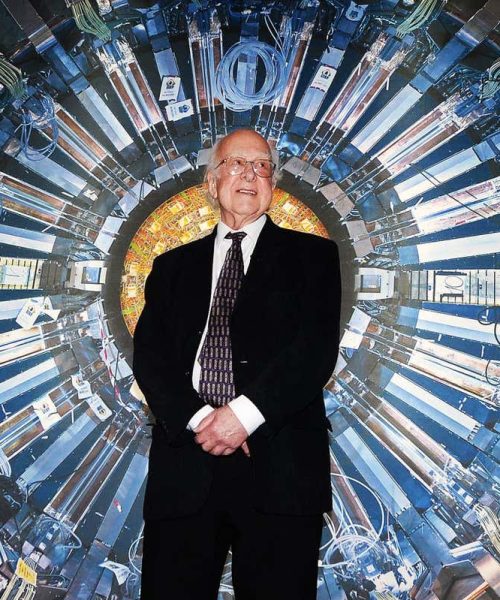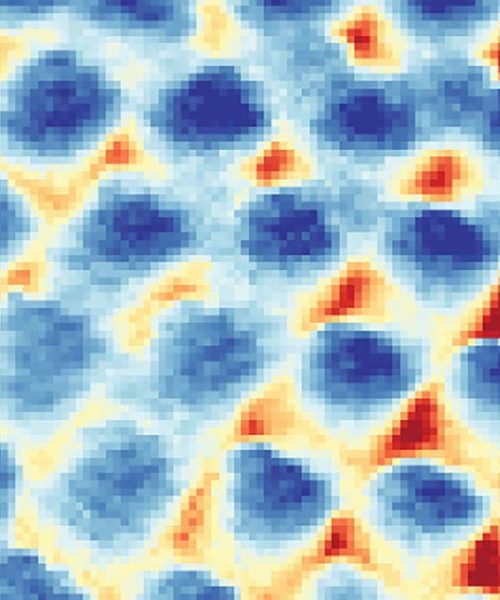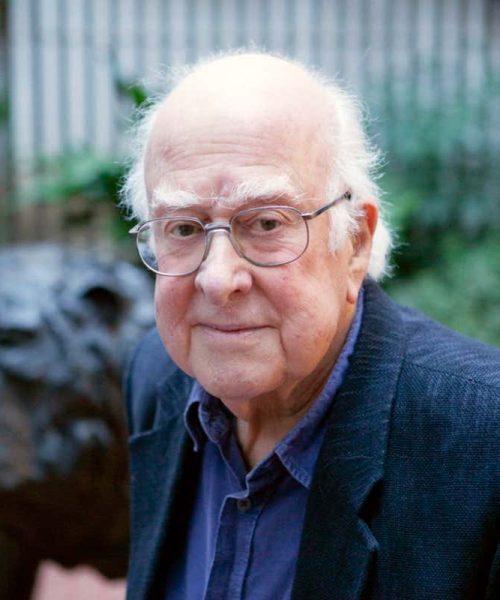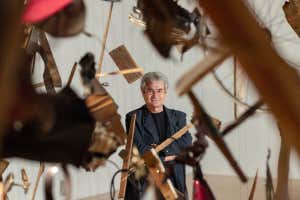
Carlo Rovelli at the Cornelia Parker exhibition, Tate Britain
David Stock
Carlo Rovelli stands in front of an exploding shed. Fragments of its walls and shattered contents – parts of a child’s tricycle, a record player, a shredded Wellington boot – hang in mid-air behind him. I have come to meet the physicist and bestselling author at an exhibition at the Tate Britain art gallery in London. The scattered objects are the work of Cornelia Parker, one of the UK’s most acclaimed contemporary artists, known for her large-scale installations that reconfigure everyday objects.
For Rovelli, based at Aix-Marseille University in France, Parker’s work is meaningful because it mirrors his take on the nature of reality. “I connect with the process: of her coming up with the idea, producing the idea, telling us about the idea and of us reacting to it,” he tells me. “We don’t understand Cornelia Parker’s work just by looking at it, and we don’t understand reality just by looking at objects.”
Rovelli is an advocate of an idea known as relational quantum mechanics, the upshot of which is that objects don’t exist independently of each other. It is a concept that defies easy understanding, so Parker’s reality-challenging exhibition seemed like it might be a helpful setting for a conversation about it – and about what else Rovelli is up to. It is a happy coincidence that Parker’s shed is called Cold Dark Matter, a reference to the unidentified stuff that is thought to make up most of the universe. Because Rovelli now thinks he knows how we might finally pin …
